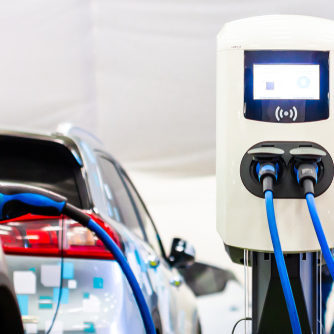The navigation app, Waze, joins other navigation models that have implemented Zero-Emission tools.
Waze is betting on electromobility, and, at least in the US, Waze will begin locating charging stations to improve user experience.
With this new feature, users will be able to find electric charging stations, as well as identify gas stations for combustion cars. They will also be able to program their routes to reach these new electric charging stations using the least traveled sections. Quite interesting, right?
This also means that users won’t have to switch between apps to find the nearest charging station. Before this update, an additional app was required, increasing the risk of an accident due to distractions.
To complement this Zero Emission initiative, Waze has teamed up with Volkswagen to allow drivers to use the app on their car’s dashboard instead of the mobile phone.
With these features, Google is leaning toward reaching Waze users who prefer electric vehicles. However, Google Maps also has similar features that allow users to filter:
- charging and gas stations
- occupied stations
- by vehicle socket type.
This is cutting-edge technology. But there is one more competitor that is not far behind. Apple, with its navigation app on iOS 14, has a feature that allows users to plan a route around charging stations.
If the vehicle is compatible with the app, Maps will also show the car’s battery charge and will add charging stops if the battery level is low.
Even though Waze is not the most advanced app in the market, Google also expects to add new electromobility features and new tools to improve its user navigation.


